On May 8, the European Union and India will hold their 16th Summit aimed at strengthening their strategic partnership. Originally scheduled to take place in Porto, Portugal, the critical phase that India is experiencing in its battle against the Covid-19 pandemic imposes that leaders from New Delhi and Brussels meet virtually. This year, international experts and analysts should look at the evolving scenario surrounding the event with hightened interest, considering that a higher level of cooperation – if really achieved – between these two actors could be significant in shaping up the dynamics which define the current geopolitical context. During the recent Raisina Dialogue, organized by the Delhi-based think tank Observer Research Foundation in collaboration with the Indian Ministry of External Affairs, President of the European Council Charles Michel highlighted that the EU plans to focus its relationship with India on fighting Covid-19, tackle climate change, foster economic cooperation, and guarantee security and peace.
By demonstrating the will to improve relations with New Delhi, these goals reflect the parties’ commitment already expressed during the 15th Summit, held in July 2020, to endorse the “India-EU Strategic Partnership: A roadmap to 2025”. This, indeed, emphasized cooperation on expanding foreign policy dialogue mechanisms and exchanges in the context of the Asia-Europe Meeting (ASEM) and the ASEAN; working towards non-proliferation and disarmament, maritime security, counter-terrorism and cyber security; reaffirming commitment to the Human Rights Dialogue; working towards balanced trade and investments agreements; cooperating on the the implementation of the United Nations Framework Convention on Climate Change as well on the India-EU Clean Energy and Climate Partnership; and building partnerships in the areas of research, innovation and ICT standards.
But while welcoming stronger, wide-ranging ties between the European Union and India, some points should be considered to understand to what extent progress can be really made. It must be said that talks between India and the EU have experienced ups and downs over the years. Since 2000, the parties started to hold annual summits aimed at improving bilateral dialogue. However, divergent positions on key topics have made progress slow, leading to a pause in their respective leaders’ meetings. To mention an important example, negotiations on the Broad Based Trade and Investment Agreement (BTIA) were launched in 2007 but stalled in 2013 due in part to the EU’s dissatisfaction with India’s stance on insurance, government purchases and market access for automobiles and wine.
The upcoming summit in May could reinvigorate talks and spur them in a direction which would allow India and the EU to take full advantage of the gains that an enhanced coordination could provide. There is a huge potential which requires a stronger political will – and a certain flexibility on both sides – to overcome differences and move towards real changes.
Looking at the pre-Covid trade picture, we can see that there is in fact room to improve. Data published by the European Commission indeed tell us that:
- in 2019, the EU was India’s largest trading partner, accounting for 80 billion euros worth of trade in goods – or 11.1% of total Indian trade, on par with China and the USA. In the same period, India was the EU’s 10th largest trading partner;
- trade in goods between the EU and India increased by 72% in the decade from 2009 to 2019;
- between 2009 and 2019, the EU’s share of total foreign direct investment inflows to India rose from 8% to 18%, making the European Union the largest foreign investor in India;
- as of 2019, in the South Asian nation, 6,000 European companies were operating in India, providing 1.7 million jobs directly, and 5 million jobs indirectly.
Bu this time around, a new key item of negotiation will make an appearance in the agenda, as the two global actors will discuss joining efforts to cooperate in infrastructure projects that could represent an alternative to China’s Belt and Road Initiative (BRI) in Asia, Europe and Africa. For Western actors – the European Union, and most of all the United States – India could play a central role to push back against Beijing’s economic influence.
Indeed, synergies between India and the EU must be read in the wider context of tensions between China and the US, and the consequent attempt by Washington to build a coalition which functions as a counterweight to the Beijing’s economic clout in the “Global South”. Last March, US President Joe Biden suggested to UK Prime Minister Boris Johnson the idea to advance an infrastructure plan which could be put in place by democratic countries, as an alternative to the China’s BRI.
This ever-changing geopolitical arena has made more urgent than ever both for India and the EU the need for greater and substantive bilateral engagement. Indeed, the EU has embarked on a profound overhaul of its strategy in the Indo-Pacific, while India – not only considering the Sino-American rivalry, but also its own rocky relationship with China – is in search for a strong stakeholder on the global scene. Will the EU prove able to be pragmatic enough and strike a balance between its interest towards closer strategic ties with India and its key economic relationship (some would say “dependence”) with China? Will New Delhi and Brussels be able to build a partnership in order to deepen their economic, political, and diplomatic ties in times of crisis, or will they be focusing on moves mainly aimed at other actors? The answers to these questions will affect the trajectory of these two powers in the near future and their ability to influence the global balance of power.
Picture credits: Anadolu Agency
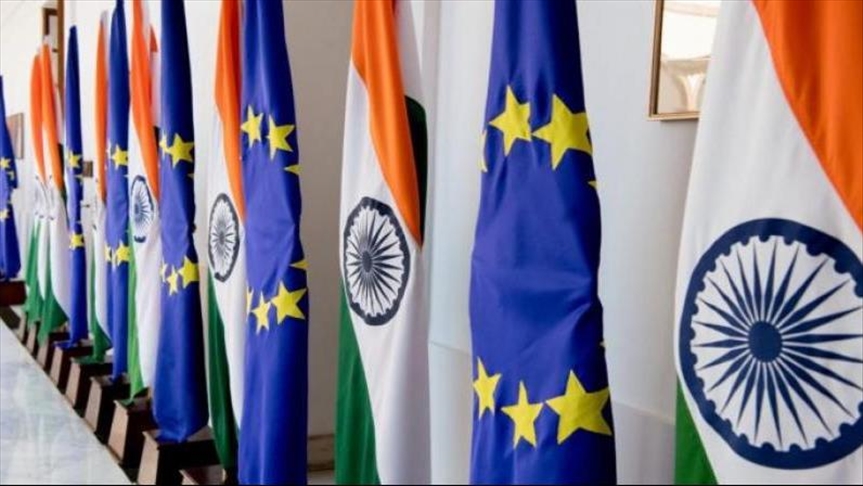
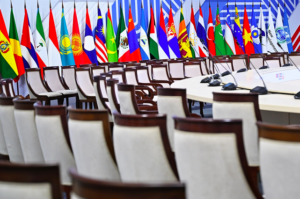
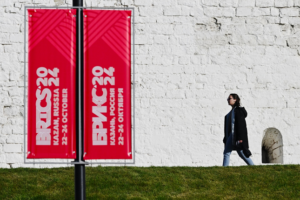

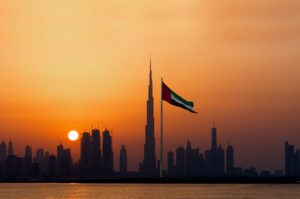

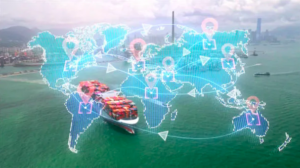
Be First to Comment